Explore the Valley of the Kings, the legendary burial site of Egypt’s pharaohs, and uncover the secrets hidden beneath its sands.
IntroductionHidden among the rugged cliffs of Luxor’s west bank lies the Valley of the Kings, one of the most famous archaeological sites in the world. For over 500 years, this sacred valley served as the final resting place for Egypt’s New Kingdom pharaohs and powerful nobles. Beneath the desert surface lies a network of tombs filled with treasures, curses, and stories waiting to be told.—Why the Valley Was ChosenThe valley’s remote location was no accident. Pharaohs sought to hide their tombs from grave robbers, moving away from the massive pyramids of earlier dynasties to more discreet rock-cut tombs. The area’s natural pyramid-shaped peak, al-Qurn, symbolically linked it to the sun god Ra, making it a spiritually powerful site.
Famous TombsSome of the most celebrated tombs include:KV62 – Tutankhamun: Discovered almost intact by Howard Carter in 1922, revealing treasures that stunned the world.KV17 – Seti I: Known for its vivid wall paintings and vast corridors.KV5 – Sons of Ramses II: The largest tomb yet found in the valley, holding the remains of many of the pharaoh’s children.
Secrets and DiscoveriesOver the years, archaeologists have uncovered:Hidden chambers and false doors designed to confuse thieves.Frescoes that reveal religious beliefs about the afterlife.Incomplete tombs suggesting pharaohs died unexpectedly.Despite centuries of exploration, many experts believe more tombs remain hidden beneath the sand.
Preservation ChallengesThe Valley faces constant threats from tourism, flooding, and natural erosion. Modern conservation efforts include limiting visitor numbers, installing protective walkways, and creating replicas of fragile tombs for public viewing.
Visiting the Valley TodayToday, the Valley of the Kings is a must-see destination for travelers to Egypt. Visitors can explore several tombs at a time, each offering a glimpse into the artistry, spirituality, and power of ancient Egypt.

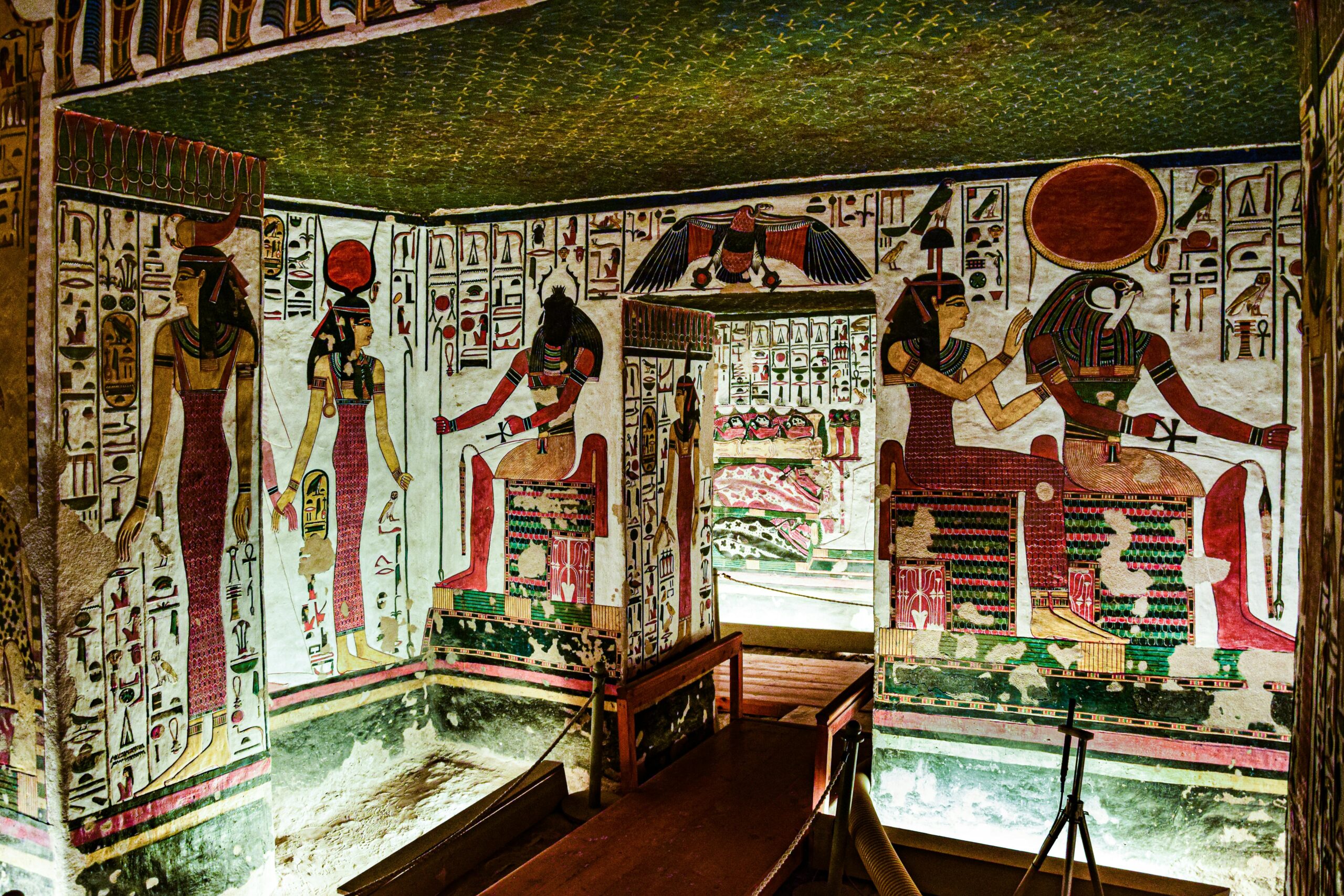
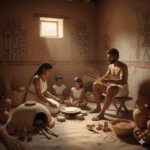
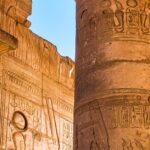
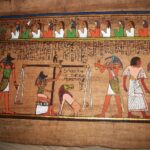
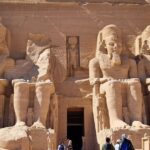

Leave a Reply